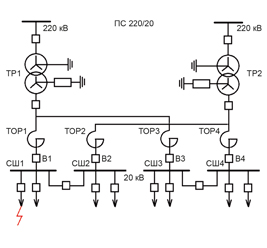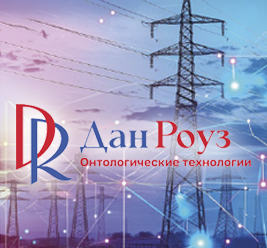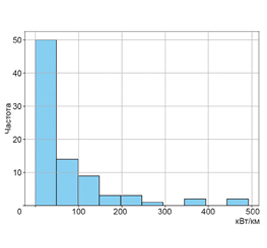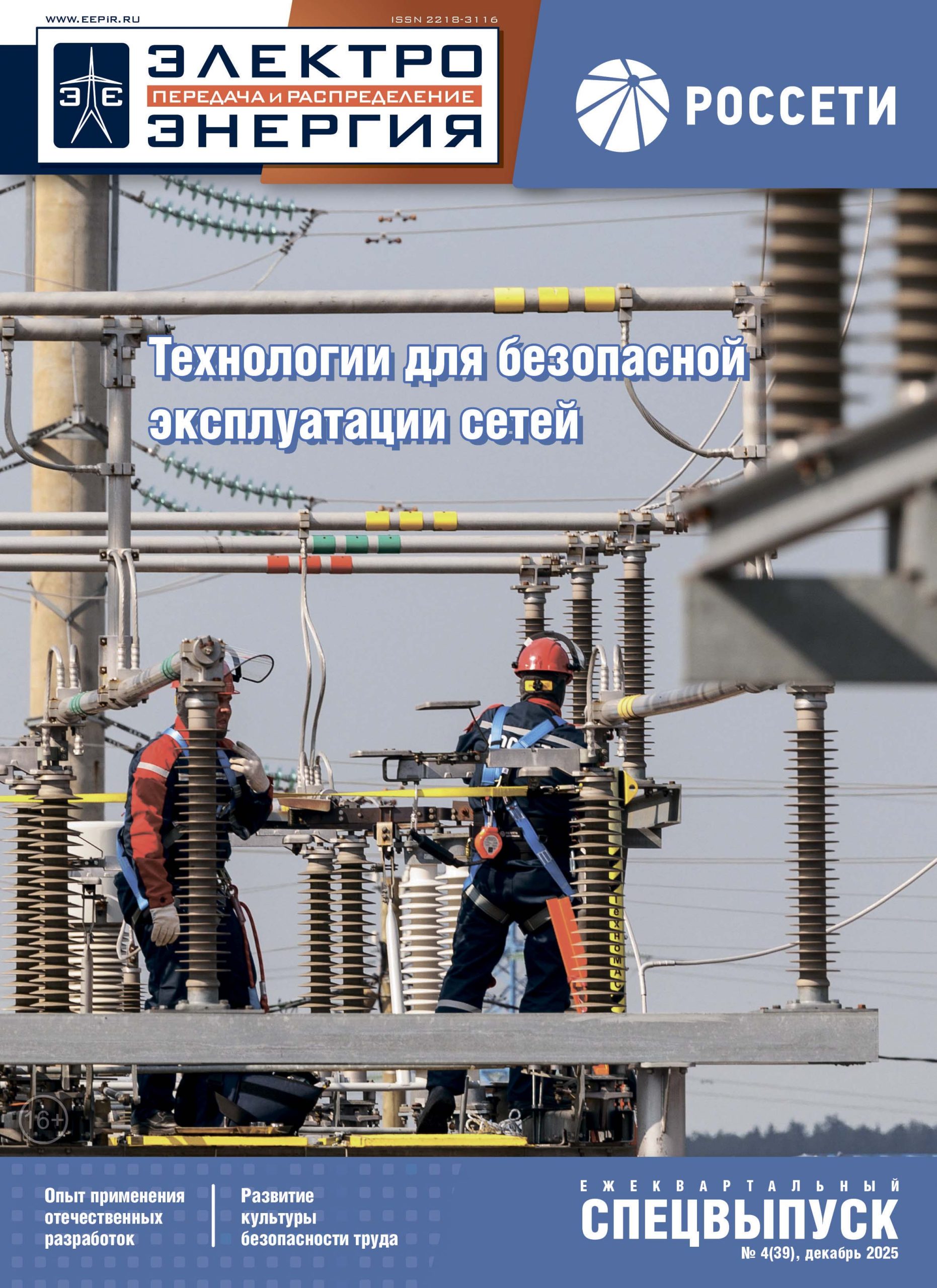Оригинал статьи: Development of Monitoring and Control Systems in UES of Russia on the Platform of Phasor Measurements
Improving the efficiency of modern systems of power system operation supervisory and automatic control is powered by deployment of IT-technology achievements with the use of synchronized phasor measurements of power system operation parameters.















